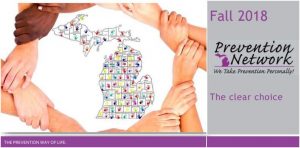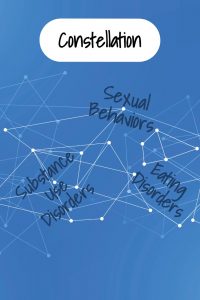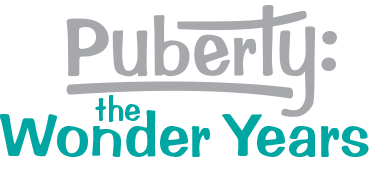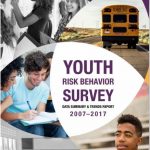Look at the Constellation! Sex, Eating Disorders, and Substance Use Disorders
If you want to break multiple taboos, start talking about sex and drugs! Then, toss in the subject of eating disorders for some extra shock value. As a person who has worked as a Certified Prevention Consultant and sex educator for many years, I am used to raising controversial subjects. The most common reactions I get—once people get over the initial shock—is relief and story-telling. People want to talk about these subjects because they are relevant and important. The typical silence surrounding sex and disorders only reinforces the shame and stigma that keep people from seeking help and living their best lives. It’s time to talk about these important topics and recognize the constellation they form.
The Centers for Disease Control and Prevention (CDC) recently released the 2017 Youth Risk Behavior Survey (YRBS) data.[i] They also issued a report that summarizes the data and looks at trends from 2007 to 2017.[ii] Four priority focus areas emerged from the data: Sexual Behavior, High-Risk Substance Use, Violence Victimization, and Mental Health and Suicide. Youth risks are not isolated; they co-occur and form a constellation of risk behaviors that often share risk and protective factors. Prevention and intervention efforts must recognize the constellation if they are to be effective.
Substance Use Disorders
What does sex have to do with substance use disorders? Although sexual activity among youth has significantly decreased since 2007, almost one in five (18.8%) of sexually active high school students reported using alcohol or other drugs before last sexual intercourse. This results in risky sexual behaviors, such as having sex without a condom, being victimized, and having multiple sex partners. Young people who have a history of misusing prescription drugs are more likely to have four or more sexual partners, experience dating violence, and have sex without a condom than students who have not misused prescription drugs. Young people who report that they are gay, lesbian, or bisexual (LGB) are even more likely to engage in both risky sexual behavior and substance use. Too many young people end up in situations where they engage in “survival sex” for food or lodging, or they trade sex for drugs to feed their substance use disorder. Nearly one in 14 (7.4%) high school students repo rted that they were physically forced to have sex when they didn’t want to.[iii] Sexual abuse is one of the adverse childhood experiences that can result in increased risk of drug and alcohol use disorders, depression, and many other negative health impacts throughout life.[iv]
rted that they were physically forced to have sex when they didn’t want to.[iii] Sexual abuse is one of the adverse childhood experiences that can result in increased risk of drug and alcohol use disorders, depression, and many other negative health impacts throughout life.[iv]
Eating Disorders
What does sex have to do with eating disorders? Individuals who have co-occurring bulimia and alcohol use disorder are more likely to engage in unsafe sex and suffer with PTSD with a history of sexual abuse.[v] With culture’s fixation on physical appearance and media’s portrayals of unrealistic idealized body types, many young people believe they must look perfect to be attractive and loveable. Objectification Theory says that the body objectification that everyone experiences, when reinforced for appearance instead of internal qualities, can lead to disordered eating.[vi]
To bring it full circle, individuals who have eating disorders are five times more likely to have substance use disorders than those who don’t. Among clients in substance use treatment, 35% are likely to also have an eating disorder. In fact, those with substance use disorders (SUD) are 11 times more likely to also have an eating disorder than those without SUD.[vii]
Sex and Disorders Form a Constellation
See the constellation? The relationships between sex and disorders–eating and substance use–are complex and multifaceted. It is impossible to say which risk behavior comes first, but we can say that the more factors present, and the earlier they begin, the more likely they are to have negative lifelong impacts.[viii] They also require trauma-informed, interdisciplinary approaches to prevention and treatment.[ix] Together, let’s form a constellation of caring, capable, and credible prevention professionals who can help our youth become stars!
[i] Kent, C., Casey, C., Dott, M., et al. Youth Risk Behavior Surveillance—United States, 2017. MMWR Surveillance Summaries 2018;67. No. 8:68. CDC.
[ii] Youth Risk Behavior Survey Data Summary & Trends Report 2007-2017, CDC.
[iii] 2017 Youth Risk Behavior Survey, CDC.
[iv] Adverse Childhood Experiences (ACEs), CDC.
[v] Women: Substance Use and Eating Disorders webinar, Hazelden Betty Ford Foundation.
[vi] Ibid.
[vii] Ibid.
[viii] Adverse Childhood Experiences (ACEs), CDC.
[ix] Trauma-Informed Approach and Trauma-Specific Interventions, SAMHSA.




